Bryan Johnson’s anti-aging routine costs him $2 million a year, and he’s constantly monitored. Yet, the tech CEO says he’s never been happier.
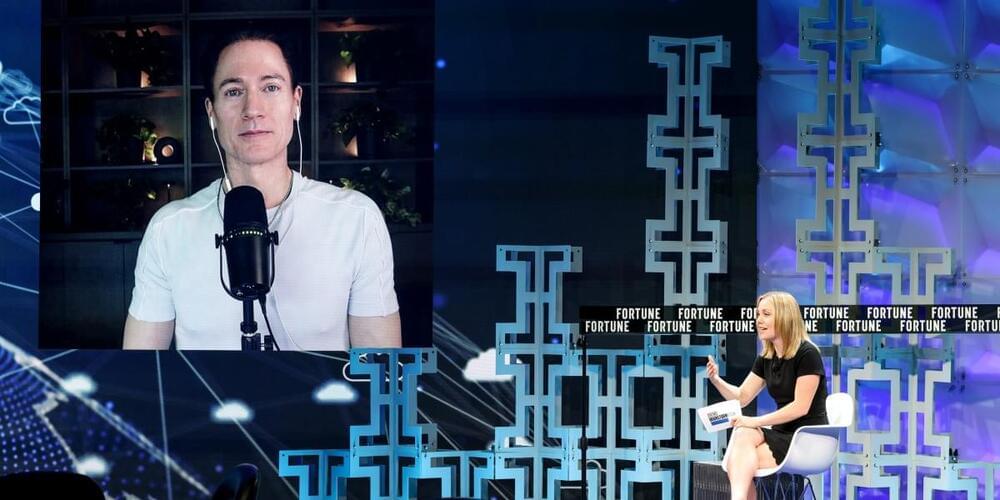

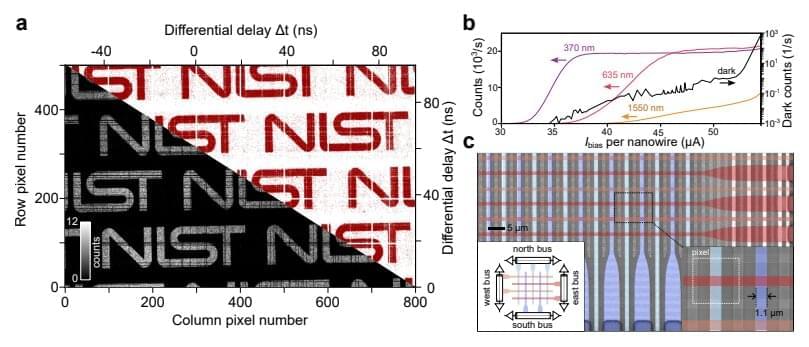
A team at the National Institute of Standards and Technology in Boulder, Colorado, has reported the successful implementation of a 400,000 pixel superconducting nanowire single-photon detector (SNSPD) that they say will pave the way for the development of extremely light-sensitive large-format superconducting cameras. The camera will also prove invaluable for those doing medical research, where the ability to examine organs such as the brain without disturbing tissue is critical.
Superconducting detectors operate at very low temperatures and generate a minimum of excess noise, making them ideal for testing the non-local nature of reality, investigating dark matter, mapping the early universe, and performing quantum computation and communication. Previously there were no large-scale superconducting cameras – even the largest demonstrations have never exceeded 20 thousand pixels.
This was especially true for one of the most promising detector technologies, the superconducting nanowire single-photon detector (SNSPD). These detectors have been demonstrated with system detection efficiencies of 98.0%, sub-3-ps timing jitter, sensitivity from the ultraviolet (250nm) to the mid-infrared (10um), and dark count rates below 6.2e-6 counts per second (cps), but despite more than two decades of development they have never achieved an array size larger than a kilopixel. Here, we report on the implementation and characterization of a 400,000 pixel SNSPD camera, a factor of 400 improvement over the previous state-of-the-art. The array spanned an area 4×2.5 mm with a 5x5um resolution, reached unity quantum efficiency at wavelengths of 370 nm and 635 nm, counted at a rate of 1.1e5 cps, and had a dark count rate of 1e-4 cps per detector (corresponding to 0.13 cps over the whole array).

Starting at 12:40 Liz asks what would your perfect virtual world be like. Not sure what my home world would be like, a Maldives island, an orbital ring colony perhaps. I think my main form of entertainment would be to adventure in the worlds people will create, and perhaps help build them. Someone will detail the 30 million worlds of A Galaxy Far Far Away and go play in it, someone will create a Star Trek Galaxy, D&D, Niven’s Known Space, Potter-verse, LOTR, and so on.
Only a handful of people in the entire world are aware of the work that is going on to increase the lifespan of #humans. Not just in terms of numbers, but also in terms of the quality of life. Most people today are unable to imagine living beyond 80–90, and they absolutely cannot imagine living an active life at 80–90 or beyond, to say nothing of living forever, and leading an active life forever.
But, the reality is that living forever is going to be a reality in the near future. You can catch up on what’s going on in the #longevity space at The Buying Time Podcast.
The Buying Time Podcast is brought to you by two people who are passionate about super-longevity. Sa…ra…va…nan (Saravanan Balakrishnan) is the founder and CEO of Amura Health (amura.ai), a #hospital on the cloud that helps people to beat many #chronic conditions. Liz Parrish is the CEO of BioViva Science, a fore runner in the space of bringing #gene therapy to super-longevity space.
Liz Parrish is a path-maker in the longevity space. She not only established BioViva Sciences, but has tried out her company’s gene #therapy. She is determined not to allow future generations to die of #diseases that plagued previous generations because she is convinced that every disease is curable. If there is no disease, why do you have to die?
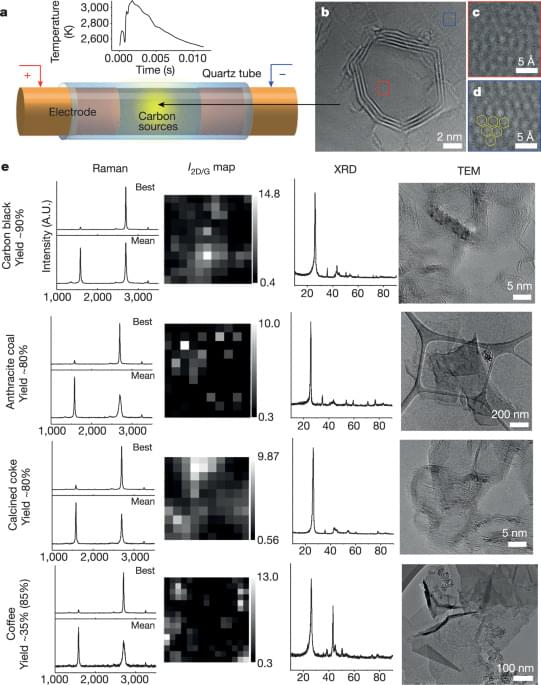
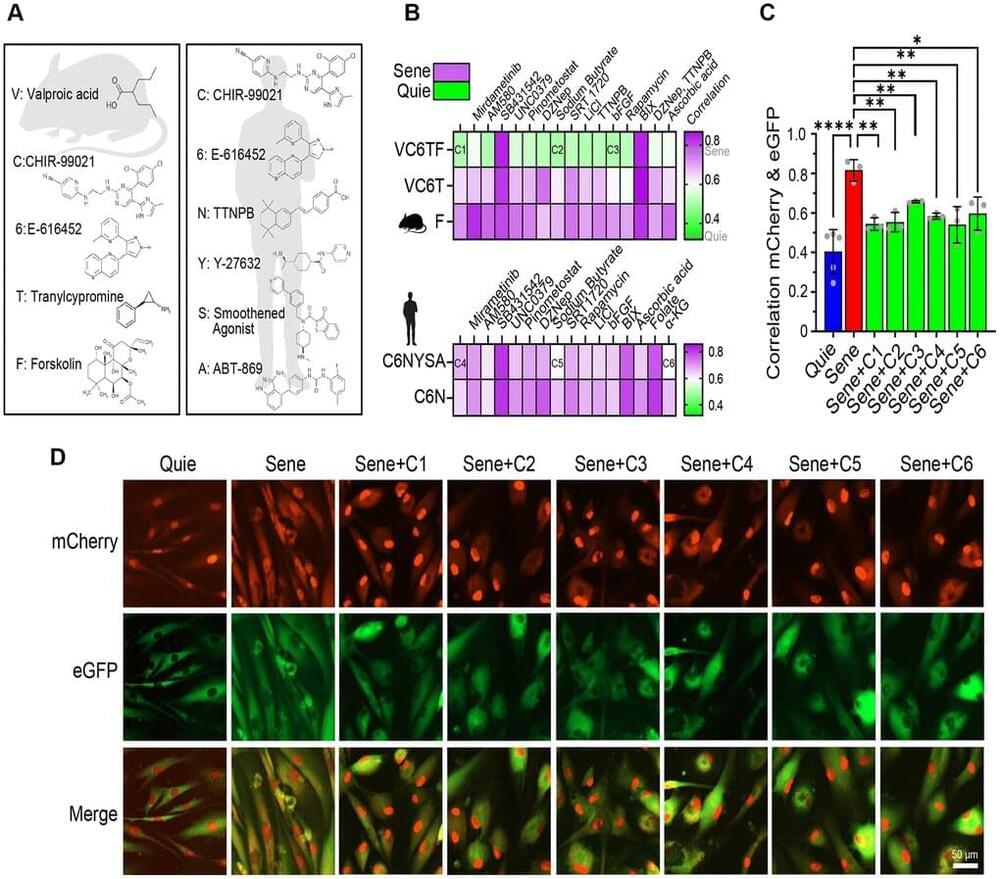
In a groundbreaking study, researchers have unlocked a new frontier in the fight against aging and age-related diseases. The study, conducted by a team of scientists at Harvard Medical School, has published the first chemical approach to reprogram cells to a younger state. Previously, this was only achievable using a powerful gene therapy.
On July 12, 2023, researchers from Harvard Medical School, University of Maine and Massachusetts Institute of Technology (MIT) published a new research paper in Aging, titled, “Chemically induced reprogramming to reverse cellular aging.”
The team’s findings build upon the discovery that the expression of specific genes, called Yamanaka factors, could convert adult cells into induced pluripotent stem cells (iPSCs). This Nobel Prize-winning discovery raised the question of whether it might be possible to reverse cellular aging without causing cells to become too young and turn cancerous.
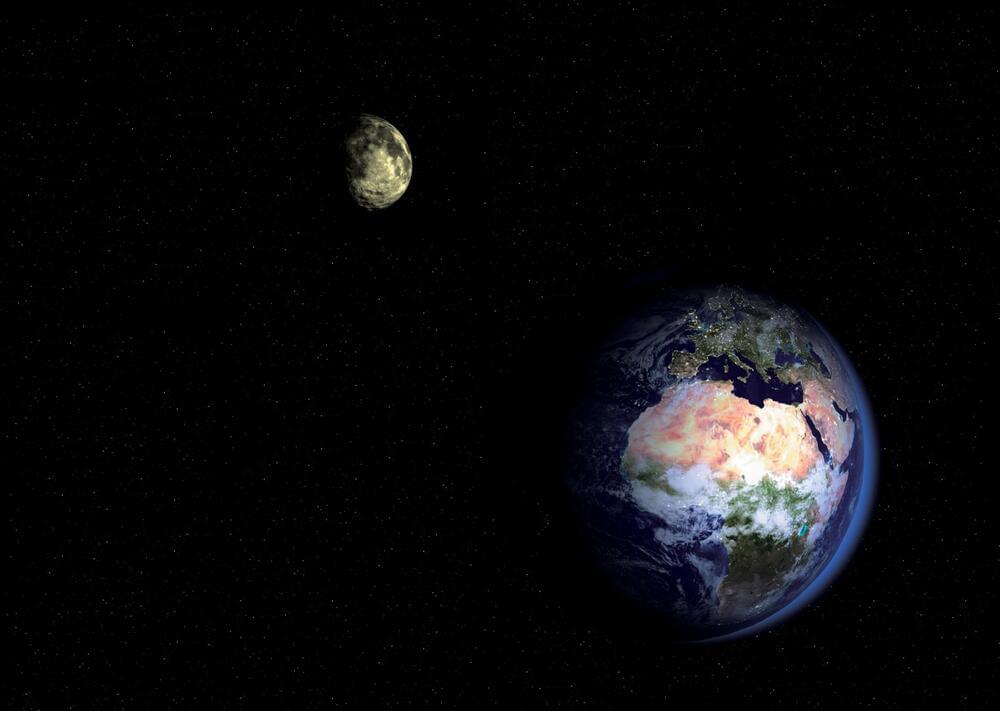
One of the most basic assumptions of fundamental physics is that the different properties of mass—weight, inertia and gravitation—always remain the same in relation to each other. Without this equivalence, Einstein’s theory of relativity would be contradicted and our current physics textbooks would have to be rewritten. Although all measurements to date confirm the equivalence principle, quantum theory postulates that there should be a violation.
This inconsistency between Einstein’s gravitational theory and modern quantum theory is the reason why ever more precise tests of the equivalence principle are particularly important. A team from the Center of Applied Space Technology and Microgravity (ZARM) at University of Bremen, in collaboration with the Institute of Geodesy (IfE) at Leibniz University Hannover, has now succeeded in proving with 100 times greater accuracy that passive gravitational mass and active gravitational mass are always equivalent—regardless of the particular composition of the respective masses.
The research was conducted within the framework of the Cluster of Excellence “QuantumFrontiers.” Today, the team published their findings as a highlights article in Physical Review Letters.

Gay sex – some humans do it, some penguins do it, and as it turns out, many monkeys do it. It’s only natural, according to a study published Monday in the journal Nature Ecology and Evolution.
By watching a group of rhesus macaques over a three-year period in Puerto Rico, scientists from the Imperial College of London found it was more common for the males to engage in sex with the same gender than with the opposite.
The researchers reported 72% of the 236 male monkeys either mounted, or were mounted, by other males, whereas only 46% participated in heterosexual sex.

Quantum computing holds the potential to tackle complex issues in fields like material science and cryptography, problems that will remain out of reach even for the most powerful conventional supercomputers in the future. However, accomplishing this feat will likely necessitate millions of high-quality qubits, given the error correction needed.
Progress in superconducting processors advances quickly with a current qubit count in the few hundreds. The appeal of this technology lies in its swift computational speed and compatibility with microchip fabrication. However, the requirement for extremely low temperatures places a limit on the processor’s size and prevents any physical access once it is cooled down.
A modular quantum computer with multiple separately cooled processor nodes could solve this. However, single microwave photons—the particles of light that are the native information carriers between superconducting qubits within the processors—are not suitable to be sent through a room temperature environment between the processors. The world at room temperature is bustling with heat, which easily disturbs the microwave photons and their fragile quantum properties like entanglement.
The US Space Force has published a call for a new constellation of hypersonic missiles detecting and tracking satellites dubbed “FOO Fighter.”
The United States Space Force’s Space Development Agency (SDA) has published a draft solicitation for a “FOO Fighter” satellite constellation. The Fire-control On Orbit-support-to-the-war Fighter program gives it its full name, F2; the constellation is intended to detect, track, and coordinate the interception of hypersonic missiles.
Published on July 7, 2023, the program asks for eight satellites fitted with infrared and optical sensors. These satellites will aid in detecting, warning, and precisely tracking advanced missile threats, including… More.
NicoElNino/iStock.